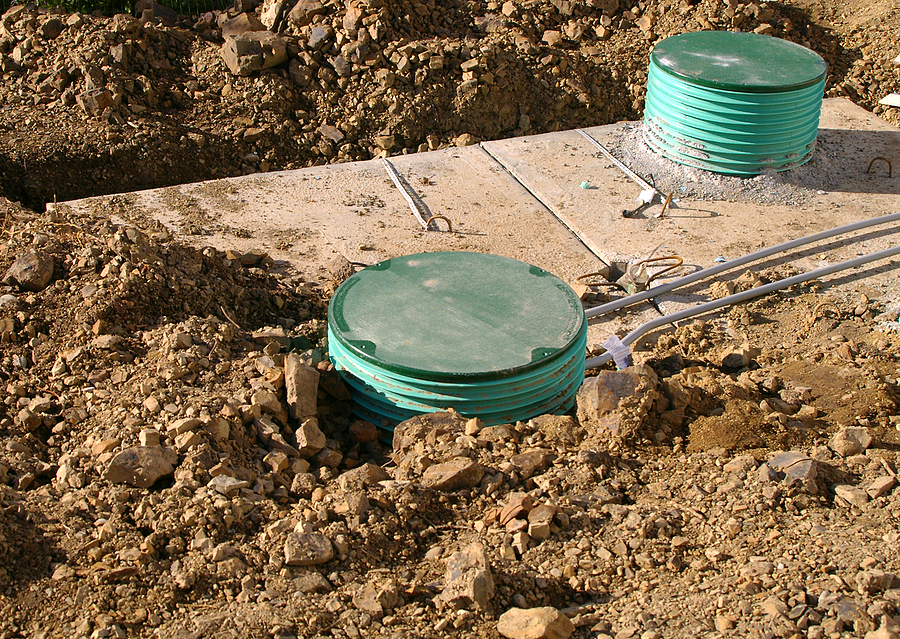Maintaining Your Septic System

Once the septic system installation is complete, many homeowners forget about the septic until it starts causing problems. Malfunctions of the system are often expensive and may include a full replacement. A little maintenance can go a long way to keeping the septic system clean and working properly saving you time, money and hassle.
Septic systems are a substitute for a sewer line when city sewer is unavailable. They work similarly in that all the sewer pipes like those from sinks, toilets and showers/baths all go to the septic system. Once the waste is inside the septic tank, it slowly breaks down. Three layers comprise the waste: effluent water, organic matter and sludge. The effluent water on the top is released through an outlet on the tank to mix with and enrich the surrounding soil.
The system handles a continuous flow of waste without a break. Eventually something gets stuck in a pipe even after normal daily usage after the septic system installation. A clog caused by waste piled up in the pipe or a large item incorrectly flushed can lead to the drain backing up waste into your house. The smell and mess can be overwhelming if it backs up or the septic tank itself overflows.
Proper maintenance combined with regularly pumping the tank allows the system to function properly increasing its life. Avoiding putting scraps of food in the drain or cleaning chemicals helps avoid system problems. Excess salt down the drain along with certain toiletries can cause the tank to spoil resulting in more repairs or issues with the system.
Repairs are costly, smelly and messy while inspections and maintenance are a short-term cost with a long-term gain. Avoid having to do a new septic system installation soon after the prior one by doing regular maintenance and inspections to ensure the system functions properly. Your house, yard and pocketbook will appreciate the effort.
